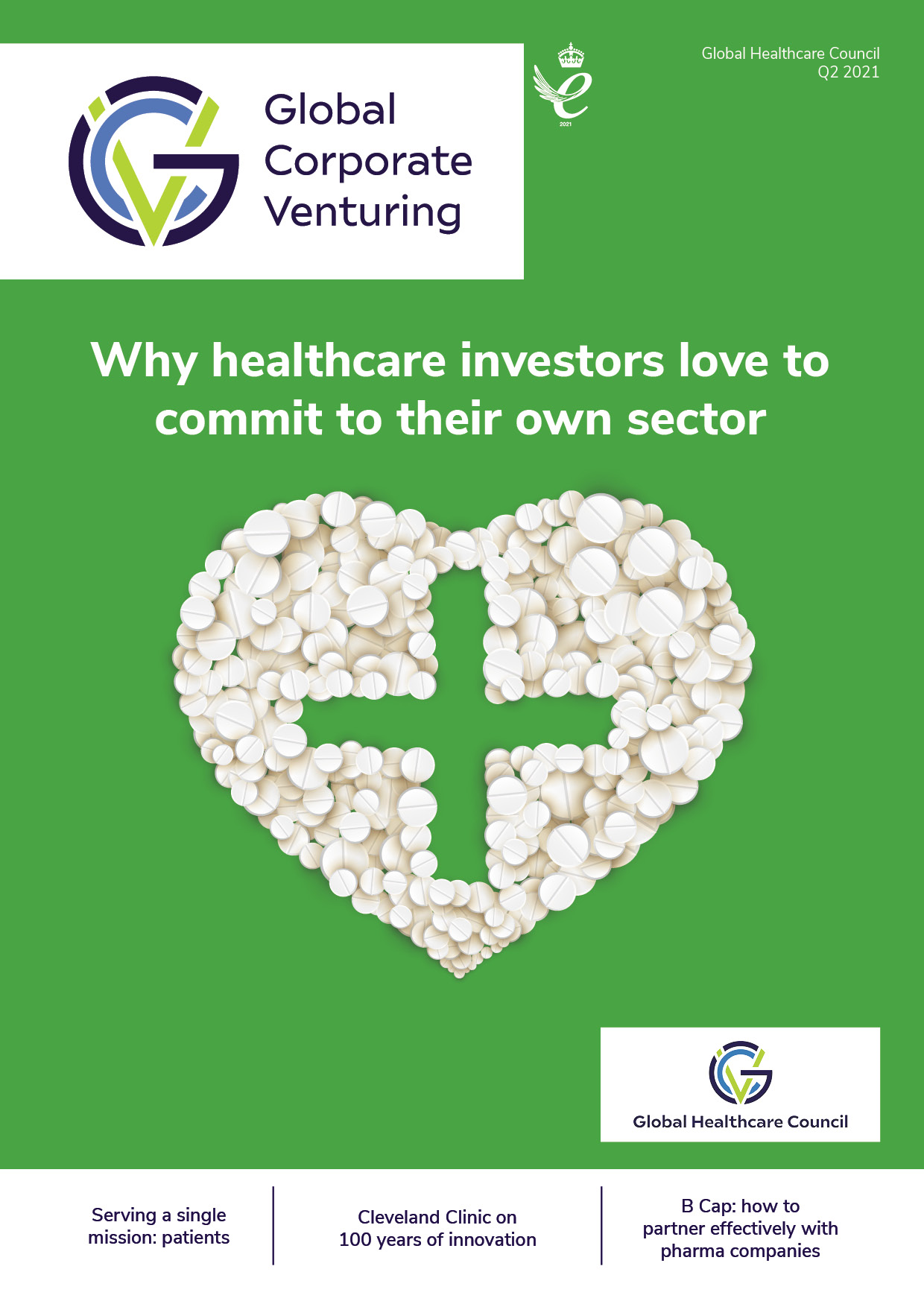Sector report: Healthcare
The health sector has been going through various technological shifts in the context of an increasingly digitised, mobile and data-driven world. This trend predates the covid-19 pandemic and the nearly universal lockdowns of last year but it was undoubtedly accelerated by it. It is the life sciences sector that has developed in record time effective vaccines that have given hope that the world will be back to normal soon.
When it comes to innovation in drug discovery, medical devices and…









